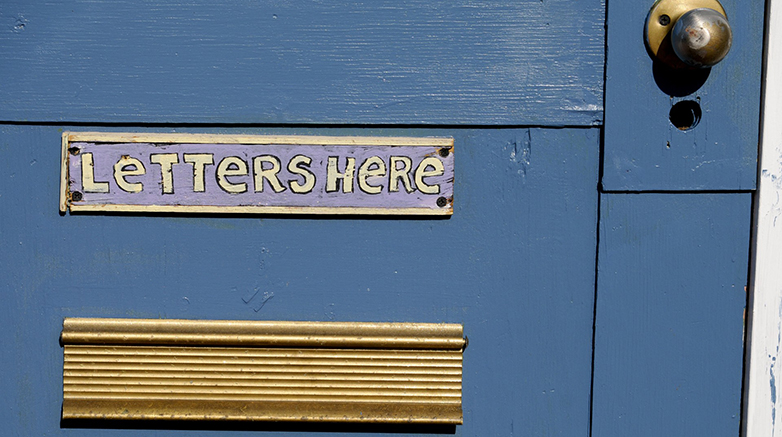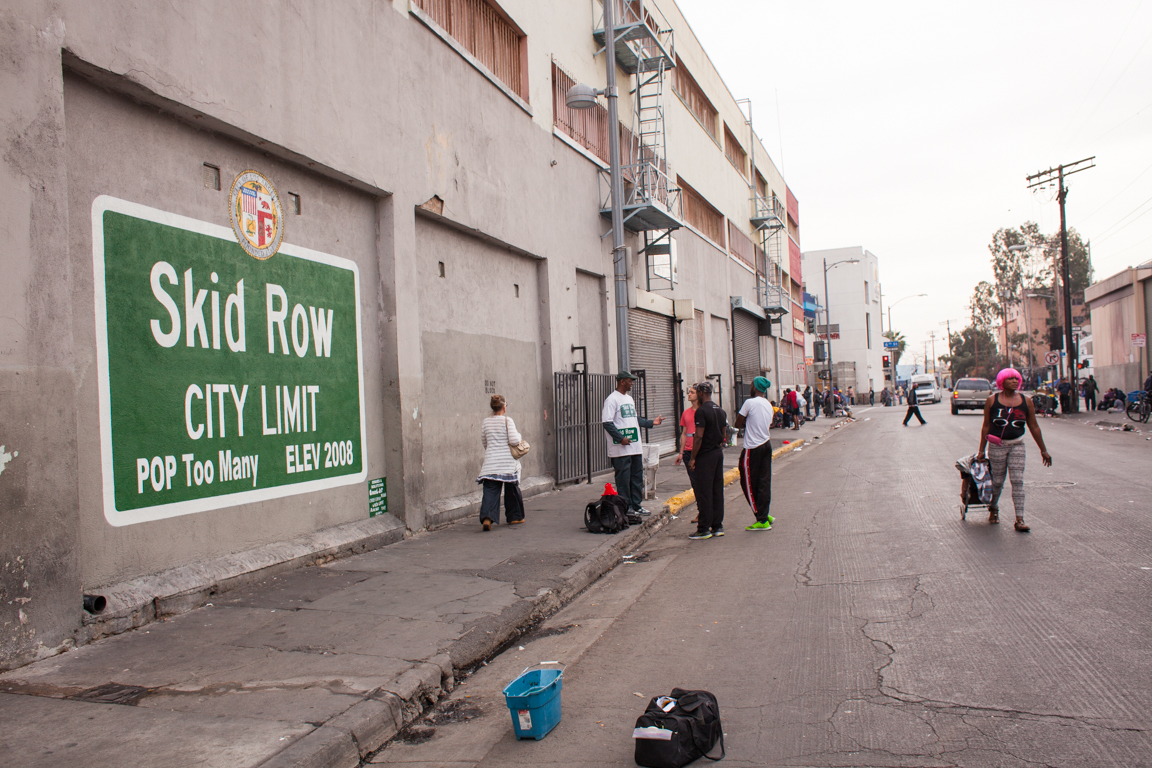By Paul Ehrlich
For folks like George Lasse who are concerned about Culver City debt, let’s go through the facts and numbers.
In 1997, the Culver City voters passed the first school bond, Measure T, authorizing the issuance of $40,000,000 bonds with payments to be made until 2033. Currently the outstanding debt is $33,000,000. It was intended to pay for part of the school building repairs. (Examples are damaged, termite -infested buildings, energy deficient buildings, pending health and safety concerns, technology upgrades and others.)
The $106,000,000 proposed school bond will pay for only the top priority items. This means that $59,000,000 ($165,000,000-$106,000,000) will be still needed to be done at some future date.
Currently, our School District has no further plans for any other taxes. This unfunded need could be handled by matching grants, direct grants, more money from the state or federal governments in the future, or another series of bonds with a new needs assessment, to be taken sometime in the next decade. Like Measure T, this bond proposal is not intended to take care of all of our needs.
A mere 25 cents a day for the school bond is the amount the average resident in Culver City will be paying for the proposed school bond. For math majors, this is how it is figured: $165,000,000/30 years/365 days per year /39,000 (Culver City’s total population). If you consider all other taxpayers, commercial, manufacturing and vacant property owners, the average debt bond debt per person is actually closer to 20 cents.
A fair question should be asked: How much does the Culver City taxpayer pay for schools compared to property owners outside of our city? The answer: On average, Culver City property owners pay the third least taxes per piece of property for schools as compared with other school districts in Los Angeles County.
Now that you have the facts, please join with me and vote “Yes” for the bond on June 3.
Mr. Ehrlich may be contacted at PMSHA@aol.com







